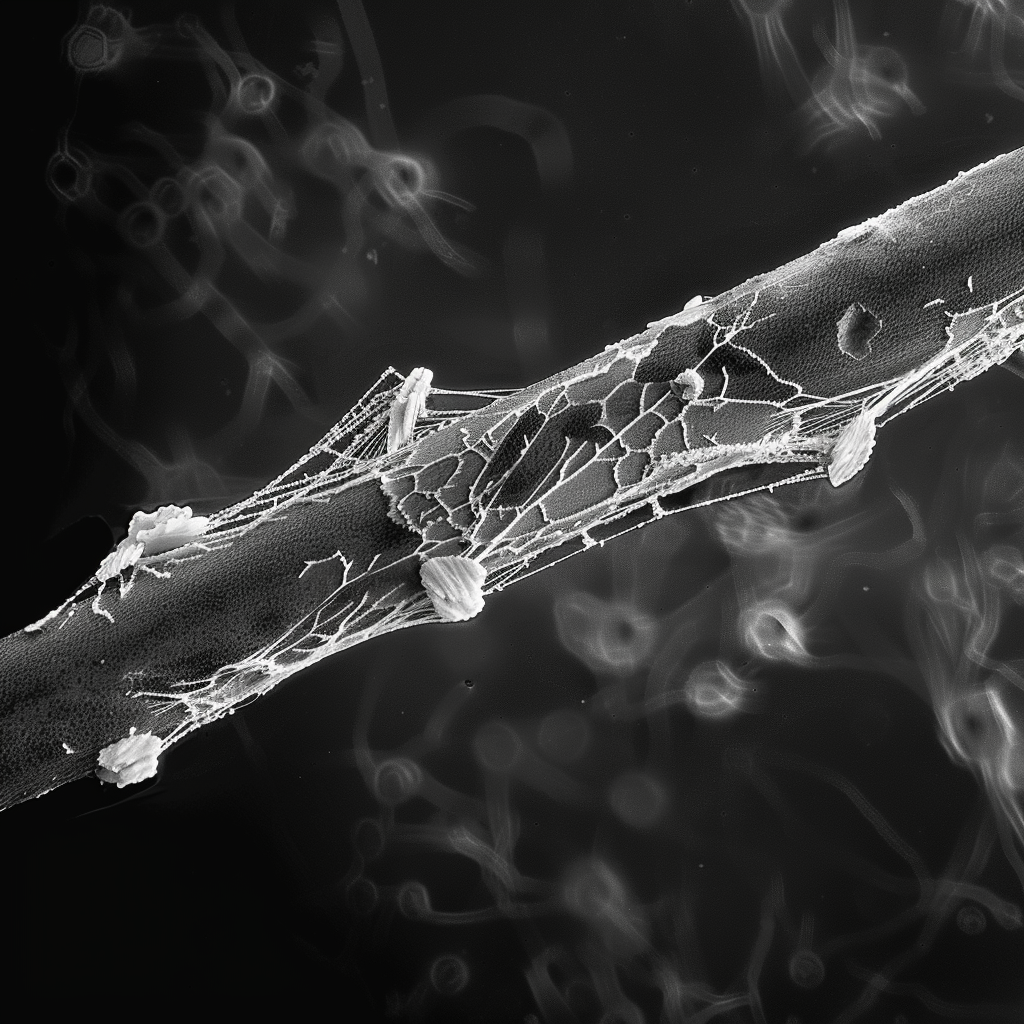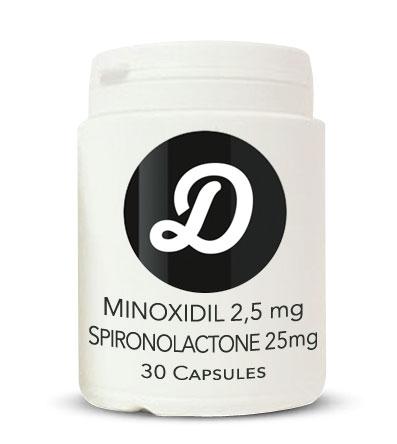
Navigating
the Complex Landscape of Female Pattern Hair Loss: A Comprehensive Guide
Female pattern hair loss (FPHL) is a condition that has long challenged both those it affects and the medical community striving to provide effective treatments. With the condition being influenced by a myriad of factors including genetics, hormonal changes, and environmental influences, the quest for a universally effective treatment has been ongoing. Recent studies, including a pivotal study by Rodney D. Sinclair and additional research sourced from reputable scientific databases, shed new light on promising treatments and therapeutic strategies.

Understanding
FPHL
FPHL is characterized by a progressive thinning of hair, particularly affecting the crown and frontal scalp, while typically preserving the frontal hairline. The condition's impact on women's psychological well-being and quality of life underscores the importance of effective management strategies.
Therapeutic Updates and Innovations
Recent advancements have focused on both monotherapy and combination therapy approaches. A significant study by Rodney D. Sinclair explored the efficacy of combining low-dose oral minoxidil with spironolactone, presenting an innovative approach to treatment that has shown promising results.

Oral
Minoxidil and Spironolactone: A Synergistic Approach
The combination of oral minoxidil and spironolactone has been highlighted for its potential to synergistically combat FPHL. Minoxidil, traditionally used topically, has been revisited in oral form to enhance patient compliance and reach systemic levels that could stimulate hair growth more effectively. Spironolactone, on the other hand, acts as an anti-androgen, countering the hormonal component often associated with FPHL. Together, these medications offer a comprehensive approach targeting multiple pathways involved in hair loss.

Safety
and Efficacy
The safety profile of these treatments has been a critical component of their evaluation. Studies, including those referenced in PubMed and PMC, have shown that low-dose oral minoxidil and spironolactone are generally well tolerated by patients, with minimal side effects. This makes the combination therapy an attractive option for long-term management of FPHL.
The Role of Scales in Diagnosis and Treatment Monitoring
The Sinclair Scale and Savin Scale are instrumental in diagnosing the severity of FPHL and monitoring treatment progress. These scales provide a visual and quantitative measure of hair loss, aiding in personalized treatment planning and outcome evaluation.
Embracing a Multifaceted Treatment Approach
Beyond pharmacological treatments, lifestyle modifications, nutritional supplementation, and addressing underlying health conditions play a pivotal role in managing FPHL. A holistic approach that encompasses these aspects can enhance treatment outcomes and improve patient well-being.

Looking
Forward
The landscape of FPHL treatment is evolving, with ongoing research and clinical trials promising to unveil new therapies and refine existing ones. The collaboration between dermatologists, trichologists, and researchers is key to advancing our understanding and management of this complex condition.
The journey to finding an effective treatment for FPHL is paved with challenges, but recent studies offer hope and direction. By combining traditional and innovative therapies, and adopting a patient-centered approach, we move closer to alleviating the burden of female pattern hair loss.
Key
Statistics:
- FPHL affects approximately **40%** of women by age 50, highlighting the prevalence of this condition among the female population.
- Studies have shown that **low-dose oral minoxidil (0.25 mg daily)** can significantly improve hair density in **60-70%** of women suffering from FPHL within six months of treatment.
- Combination therapy with **spironolactone (25 mg daily)** has been observed to enhance the efficacy, with a notable **increase in hair regrowth rates** in preliminary studies.
- The **Sinclair Scale**, a widely used diagnostic tool, indicates that only **45%** of women maintain a normal hair pattern (Grade 1) by the age of 80.
- The **psychological impact** of FPHL is profound, with studies indicating **over 50%** of women experiencing lowered self-esteem and depression related to hair loss.
References:
1. Sinclair R. "Female pattern hair loss: A pilot study investigating combination therapy with low-dose oral minoxidil and spironolactone." *International Journal of Dermatology*, December 2017. (https://pubmed.ncbi.nlm.nih.gov/33639244/)
2. van Zuuren EJ, Fedorowicz Z, Schoones J. "Interventions for female pattern hair loss." *Cochrane Database Syst Rev*, May 2016. (https://pubmed.ncbi.nlm.nih.gov/27225981/)
3. Sinclair R, Patel M, Dawson TL Jr, Yazdabadi A, Yip L, Perez A, Rufaut NW. "Hair loss in women: medical and cosmetic approaches to increase scalp hair fullness." *Br J Dermatol*, December 2011. (https://pubmed.ncbi.nlm.nih.gov/22171680/)
4. Ioannides D, Lazaridou E. "Female pattern hair loss." *Curr Probl Dermatol*, 2015. (https://pubmed.ncbi.nlm.nih.gov/26370643/)
5. York K, Meah N, Bhoyrul B, Sinclair R. "A review of the treatment of male pattern hair loss." *Expert Opin Pharmacother*, April 2020. (https://pubmed.ncbi.nlm.nih.gov/32066284/)